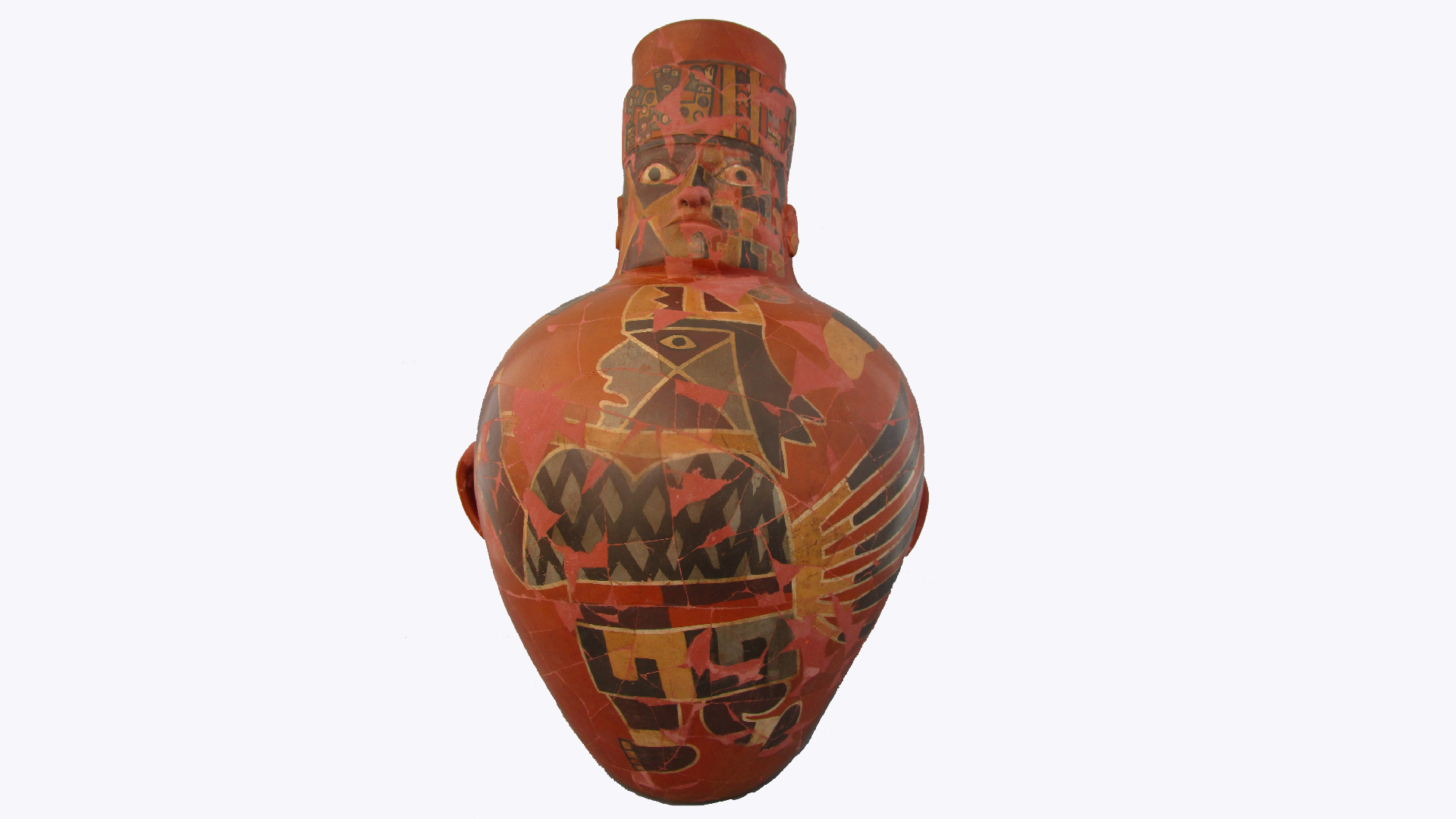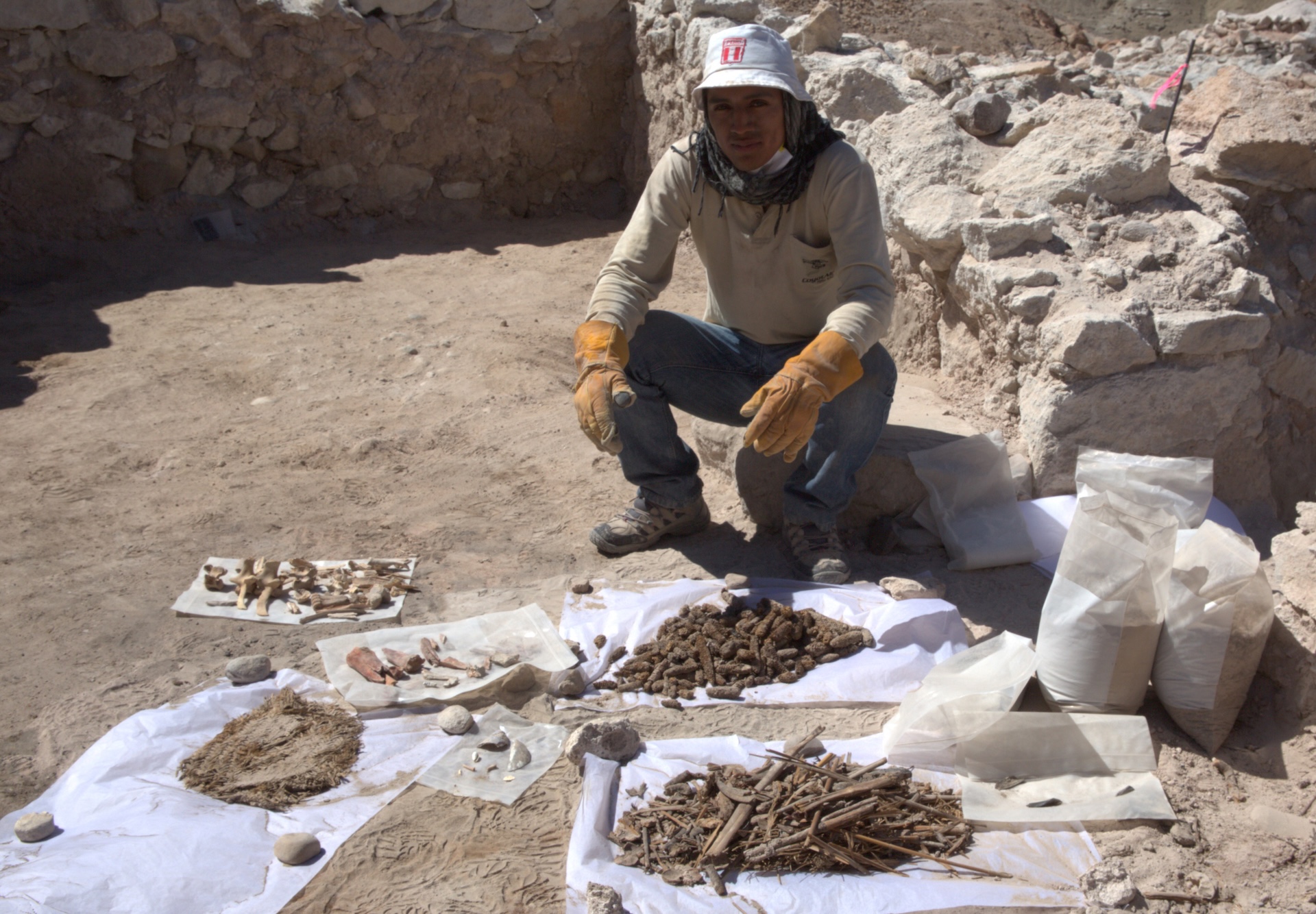Psychedelic beer may have helped pre-Inca empire in Peru schmooze elite outsiders and consolidate power
The Wari used beer mixed with psychedelics to help build an empire in Peru around 1,200 years ago, a new study suggests.

The growth of a pre-Inca civilization known as the Wari may have been aided by psychedelic-laced beer, researchers propose in a new study.
The Wari flourished from roughly A.D. 600 to 1000 and are known for their mummified burials, human sacrifices, and elaborate objects created out of gold, silver and bronze. They also built cities such as Huari and Pikillaqta, which contained temples and dwellings for elite inhabitants, and controlled much of Peru as well as parts of Argentina and Chile.
In the new study, published Monday (Oct. 6) in the journal La Revista de Arqueología Americana (The Journal of American Archaeology), the researchers suggest that Wari rulers used psychedelics mixed in beer to help grow their empire. They explain that the "afterglow" — the long-term effect of drinking the mix — would have lasted weeks and that communal feasts where it was drunk would have brought people together. While the body may excrete psychedelics quickly, the aftereffects can last for days or weeks.
The study authors noted that the remains of seeds from a plant named Anadenanthera colubrina (also known as vilca) have been found at Wari sites, including near the remains of beer made from a plant called Schinus molle. Mixing the vilca, which is known to produce a psychedelic effect, with the beer would have "lessened but extended the high," Justin Jennings, a curator of South American Archaeology at the Royal Ontario Museum and co-author of the paper, told Live Science in an email.
In the paper, the authors noted that scientific studies of similarly acting psychedelics found that people who took them tended to display "greater openness and empathy."
These traits "would have been highly desirable for a Wari political system that depended on friendly, routine face-to-face interactions between people who had once been strangers or even enemies," the researchers wrote in their paper.

People would have drunk the psychedelic beer together at communal feasts held within enclosed areas at the residences of Wari officials. This shared experience would have enhanced the event, the researchers said.
Get the world’s most fascinating discoveries delivered straight to your inbox.
"When guests came to the Wari compounds, they gathered in patios that could only comfortably fit a couple dozen people," the team wrote. "Except for a patch of sky, they were cut off from the rest of the world in a high-walled interior space — this was the place where they would spend hours together drinking, eating, talking, and praying," the researchers wrote in their paper.
"The hours that participants spent together must have been an unforgettable collective experience that forged strong bonds between participants," they added.
Building an empire
The regular, widespread use of the psychedelic beer and its afterglow played a key role in the Wari Empire's consolidation of political power, said Jacob Keer, an independent scholar and co-author of the paper.
The "long-term psychological effects of drinking vilca beer a few times a year could constitute a new cognitive normal, instilling increased openness and empathy in feast participants," the researchers wrote in their paper. "Within the context of an expanding empire where violence and animosity was commonplace, the lingering effects [of consuming it] may have been integral to Wari legitimization and consolidation."
Scholars who were not involved with the research had mixed reactions to the conclusions in the paper, however. Patrick Ryan Williams, director of the School of Human Evolution and Social Change at Arizona State University, said the team put forward an "interesting hypothesis" but cautioned that we can't be certain that vilca was actually mixed into beer.
"I am not convinced, however, that the discovery of vilca seeds in an area where molle beer was consumed constitutes evidence of vilca being included as an ingredient in beer," Williams said, as it would be like finding cocaine on the floor of a nightclub and assuming the drug was put into drinks.
"When a chemical trace for vilca is found in the ceramic pores of drinking cups, I will be more open to the premise presented here," Williams said.
Mary Glowacki, an archaeologist and president of the Pre-Columbian Archaeological Research Group, called the paper "thought-provoking" but noted that "most early Andean societies used intoxicating substances — including vilca — for political negotiation." She questioned whether the Wari's use of psychedelics was greatly different from that of other groups in the region.

Owen Jarus is a regular contributor to Live Science who writes about archaeology and humans' past. He has also written for The Independent (UK), The Canadian Press (CP) and The Associated Press (AP), among others. Owen has a bachelor of arts degree from the University of Toronto and a journalism degree from Ryerson University.
You must confirm your public display name before commenting
Please logout and then login again, you will then be prompted to enter your display name.
